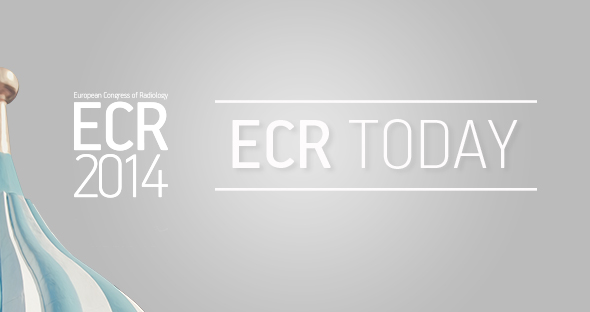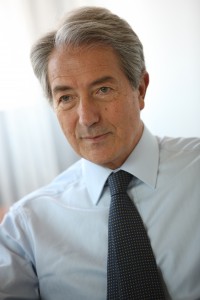Interview: Prof. Deniz Akata, chair of the ESR National Societies Committee
The Europen Society of Radiology works hard to represent radiologists throughout the continent. But Europe is a diverse place, and the support of European national radiological societies, most of which are institutional members of the ESR, is essential. The ESR National Societies Committee is our primary forum for communication and cooperation with those national societies. We spoke to the committee chairperson, Prof. Deniz Akata, to find out a little about the committee’s functions and her own role.
ESR Office: What is the main purpose of the National Societies Committee (NSC) and how is the committee composed?
Deniz Akata: The main purpose and continuous task of the NSC is to consolidate and strengthen relations with the ESR’s national institutional member societies. Regular communication between them and the ESR is very important, especially on matters regarding the ESR’s educational, research and professional policies. In a way, the ESR provides guidance and benefits to member countries in many professional issues. On the other hand, we need national societies to maximize the promotion of these activities. The presidents of the ESR’s 44 national Institutional Member Societies are ex-officio members of the committee.
ESR: How does the committee work in practice? Where, when, and how do meetings take place?
DA: The ESR National Societies Committee officially meets in Vienna once a year, during the European Congress of Radiology, where the chairperson of the committee gives a brief report regarding the ESR’s annual activities and answers delegates’ questions and gets their feedback. On the other hand, we have continuous relationships with the national societies through mailings, surveys and newsletters throughout the year. The ESR Annual Leadership Meeting, usually held in November, is also an excellent official get-together with our institutional members. At the last meeting, which took place in Florence in November 2014, representatives of the institutional member societies actively enrolled and presented their points of view regarding some of the most common and challenging topics in our profession. All day long, the meeting was very well attended and very fruitful discussions were held.
We also try to get into personal contact with each national society during their national congresses or meetings. To this end, we started the initiative to hold “National Society meets ESR” sessions, which has been very welcomed by the national societies



